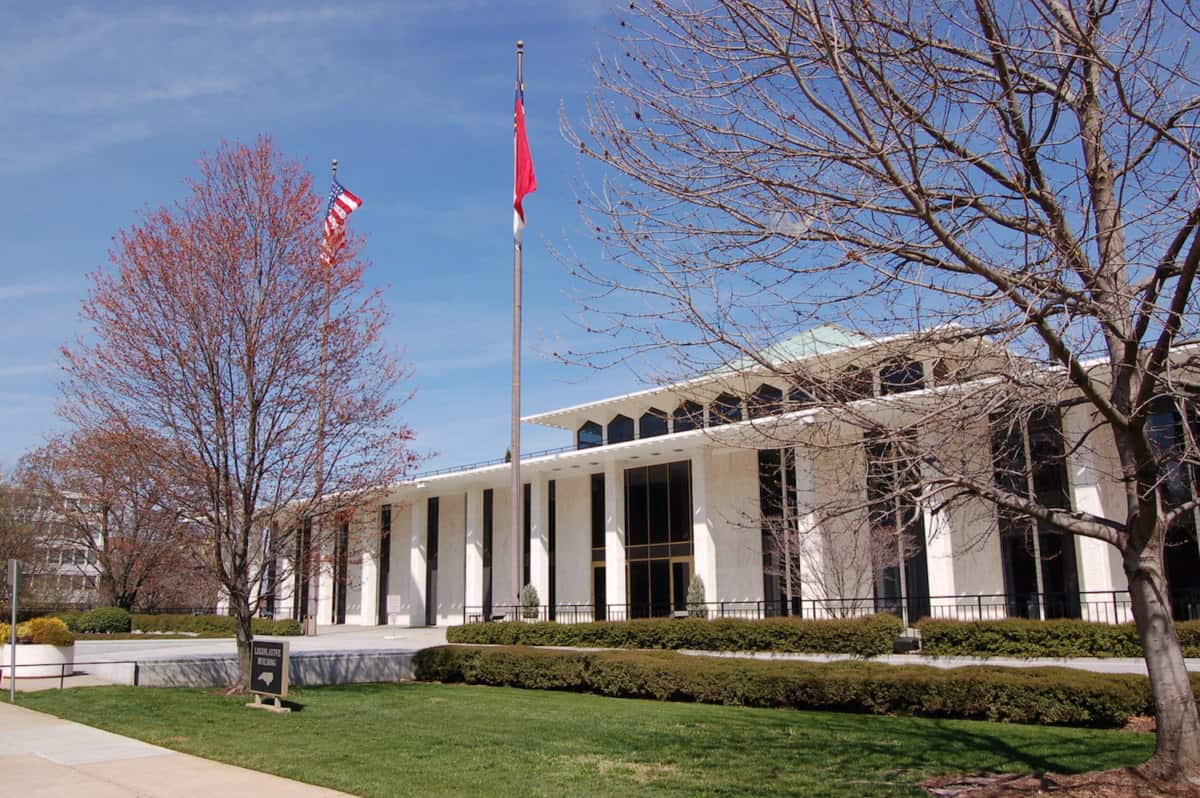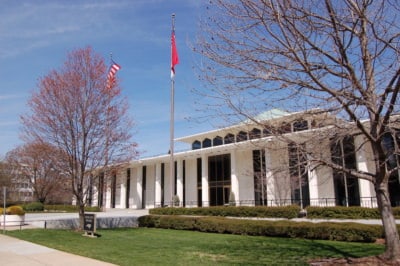This week, the North Carolina Senate will introduce, debate, and likely pass its spending plan for the next two years. The House already passed theirs, and after the Senate completes its plan, the two chambers will hash out their differences and come out with their joint budget for the next two years. After that, it’s up to Governor Roy Cooper. For the first time since he’s been governor, he has the power to wield a veto that can’t be easily overridden by North Carolina Republicans.
With the House budget as a template, here are some things to look for when the Senate comes out with its spending plan this week.
The big ticket items in the budget are always salaries. The House has proposed a 4.6% pay increase for teachers in the first year of the biennium that is heavily weighted towards veteran teachers. But before you latch on to that number, there is a huge caveat to that percent increase.
The new teacher pay schedule would start on January 2020 (instead of at the start of the school year as usual). Until then, the only teachers who would get pay increases are teachers who were slated to get step increases under the current salary schedule anyway. And that average pay increase of 4.6% in the first year of the biennium is an annualized number, meaning that it is based on what the number would be if the new House salary schedule was in place for the entire year. But since it’s not, the actual average pay increase is lower than 4.6% in the first year of the biennium.
Principals would get an average 10% pay increase in the first year of the biennium under the House plan, and assistant principals would get an average 6.3% increase. But that same caveat that applied to teacher pay increases also applies here. The salary bumps don’t start until mid-year and those percent increases are annualized, meaning the actual percent increase in the first year is lower than the numbers given by House leaders.
We already have some idea of what kind of salary increases teachers will be looking at under the Senate proposal. In a press release sent out last night from the office of Senate President Pro Tempore Phil Berger, R-Rockingham, Berger’s office announced that every teacher will get a raise and veterans will get a $1,000 bonus in each year of the biennium. The average teacher raises without the bonuses will be 3.5% over two years, according to the press release.
When the Senate budget comes out in full today, it will be interesting to see what percent increases principals will get and learn more details about the teacher salaries Senate leaders are proposing. It will be even more interesting to see if they push out the start date of the raises in the first year as the House budget did.
Another area where Senate leaders might diverge is in the actual structure of the principal pay schedule. In addition to raises, the new House principal pay schedule aligns principal pay with teacher pay.
Currently, principals are paid based on the size of their school and school growth. They still will be under the new budget, but their base salary will ultimately also reflect their years of experience. Principals will receive whatever a teacher of similar experience would get plus 25%. Then, size of the school and growth scores would round out the rest of the salary. The new schedule also adds an extra school size category. Currently, the top of the schedule are principals that have more than 1,300 students. This schedule adds a category for principals who oversee schools with more than 1,600 students. The House budget also continues the hold harmless provision that prevents principals who received more under previous schedules from receiving less under the new schedule.
All of that could be different under the Senate plan, and if it is, it means negotiations between the House and Senate could settle on an amalgam of visions from the two chambers.
Another huge factor to consider this week is the amount of money the state has to spend on its budget. After the House passed its budget plan, the state found out it has $700 million extra dollars collected this year above and beyond what was anticipated. Berger’s press release said that the Senate budget proposal includes $1.3 billion in additional money for public education in the biennium, but we know little more.
When news of the surplus broke, Governor Cooper sent a letter to state lawmakers asking them to utilize these extra funds.
“Seize this easy choice to strengthen North Carolina’s schools and health care,” Cooper wrote. “Let’s show the nation that we are the public education leader and that businesses are making a good choice to locate here.”
Among other things, Cooper’s budget plan proposed spending $600 million over two years to increase teacher pay. The funds would amount to an average increase of 9.1% over the biennium for teachers. Under his plan, no teacher would receive less than a 3% increase in either year of the biennium.
In response to Cooper’s letter, Senate leaders lashed out.
“I expect Governor Cooper will call for spending the surplus right away, but that failed tax-and-spend philosophy created a mess 10 years ago. We intend to stay the course on the responsible budgeting policies that created this surplus in the first place.” Senate budget chairs said in a press release.
There are a host of other provisions and budget items that are likely to differ in the Senate plan. A few other interesting points.
The House budget tinkers with the formula for the school performance grades, changing them from a weight that emphasizes academic performance over academic growth to one where the two are more balanced. The Senate may not take kindly to this attempt to change the grading formula.
The House spending plan also included money for a controversial virtual early learning pilot program. The plan didn’t start in the budget and had already been heavily debated in the weeks leading up to the House budget release. If it’s not in the Senate plan, this provision could still survive negotiations between the two chambers for the final budget.
Berger’s press release last night also mentioned that the Senate’s plan includes money for 100 new school psychologists and $4.8 billion for school construction and maintenance over 10 years.
That last may share characteristics of the Senate school construction plan, which has already made its way through the Senate, but we will have to wait until later today for more details of the proposal.
Stay tuned this week as we cover the budget from the education appropriations committee on Tuesday, to the full Senate appropriations committee on Wednesday, down to the full Senate floor towards the end of the week.



